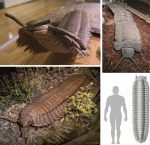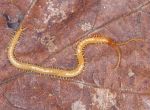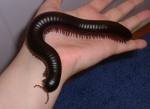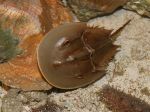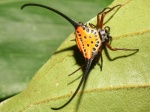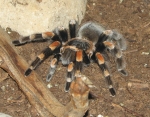So, we’re getting to that time of year where Easter and Summer holidays are starting to creep into our thoughts…But spare a thought (and a prayer) for all those students who will be spending their Easter break preparing for upcoming exams! So here’s a few ideas to help kick start your revision, and hopefully help lead to the grades you are capable of! 🙂
- Know what exams you are doing and when – if you are sitting GCSEs or A-levels, your exam timetables will be available to you via your exam board; If you are doing KS3 exams, your teachers will tell you when your exams are – make sure you ask! Once you know when you are doing your exams you should….
- Make a revision timetable – A3 size is best, put it somewhere you will see it, and be realistic!! If you know you’re not going to miss **insert whatever TV programme you cannot live without**, then don’t plan to do revision in that time!
- Timings – Decide how much time you need to revise each subject and add this to your revision timetable – if you know you’re good at science, then don’t spend as much time on it as you would a subject you struggle with. Once you know when you are supposed to be revising, and what you need to do, then get to it! 🙂 Remember the following also…….
- Take a break – for every half hour you study, you should take a 5 minute break. Your brain will need a rest! Try to resist the urge of turning on your laptop or TV for those 5 minutes – it will leave it harder for you to return to your revision. Take a short walk, get some fresh air instead.
- Brain food – Increase your mental agility and help improve your memory by choosing the right foods such as oily fish, wholegrain etc. (or if you are like Miss Gilleece who hates fish, you can buy supplements instead of the fish…)
There are so many books, teachers and websites that can help you with your revision, but you do need to know where to look.
Normally your teachers should be your first port of call – remember they know what they’ve been teaching you, and what exam boards are looking for in your answers, so always ask if you’re unsure!
If you opt for buying a revision guide, please make sure you check it is suitable for your level of exam and exam board! Any good book shop should sell a range of revision guides, don’t be afraid to open it up and see if it looks like a good one! (Just don’t try reading it from start to finish without paying for it!!)
Some websites you might find useful:
www.bbc.co.uk/bitesize/ for KS3 and GCSE
www.s-cool.co.uk for GCSE and A- level
http://revisioncentre.co.uk/ for GCSE
www.channel4learning.com/ for KS3 and GCSE
http://www.topmarks.co.uk/ a search engine dedicated to finding revision resources

